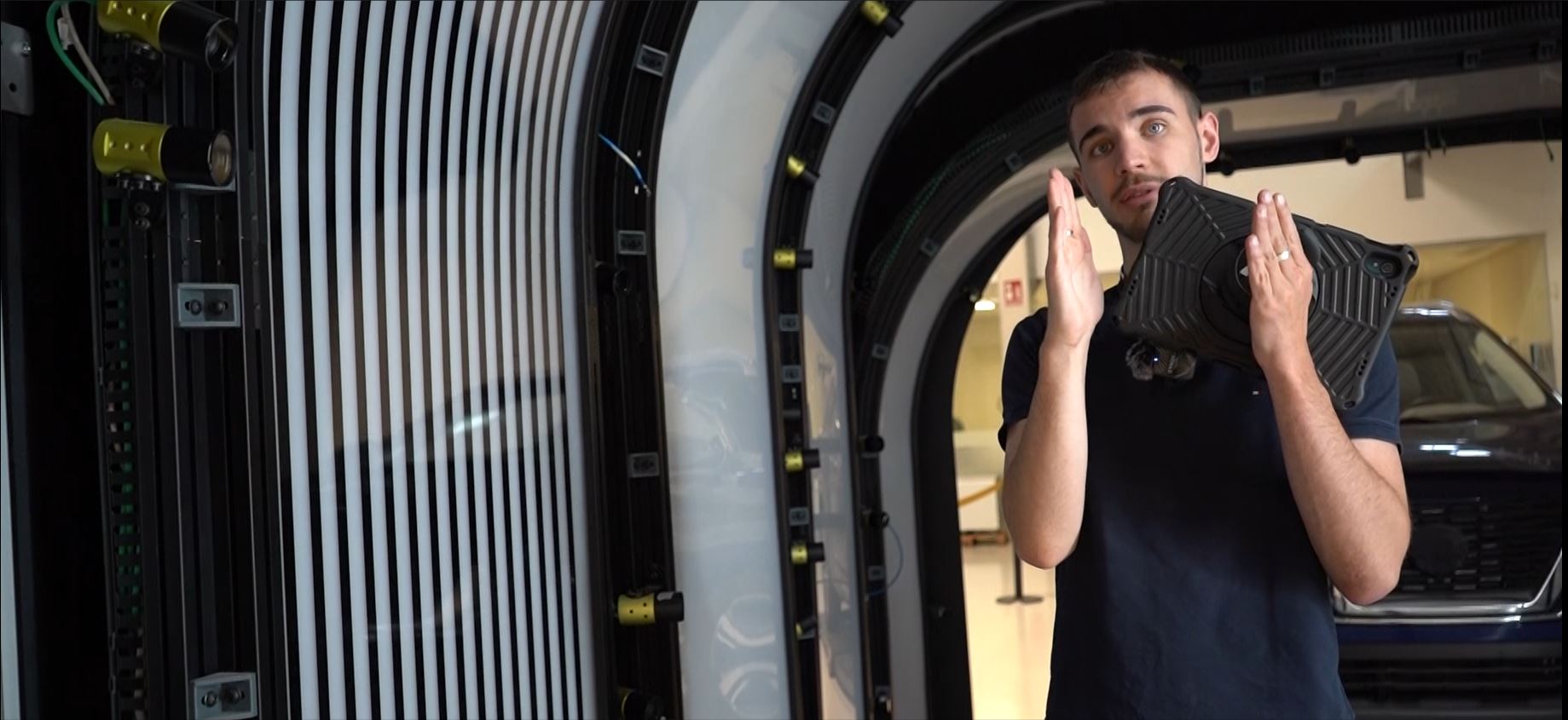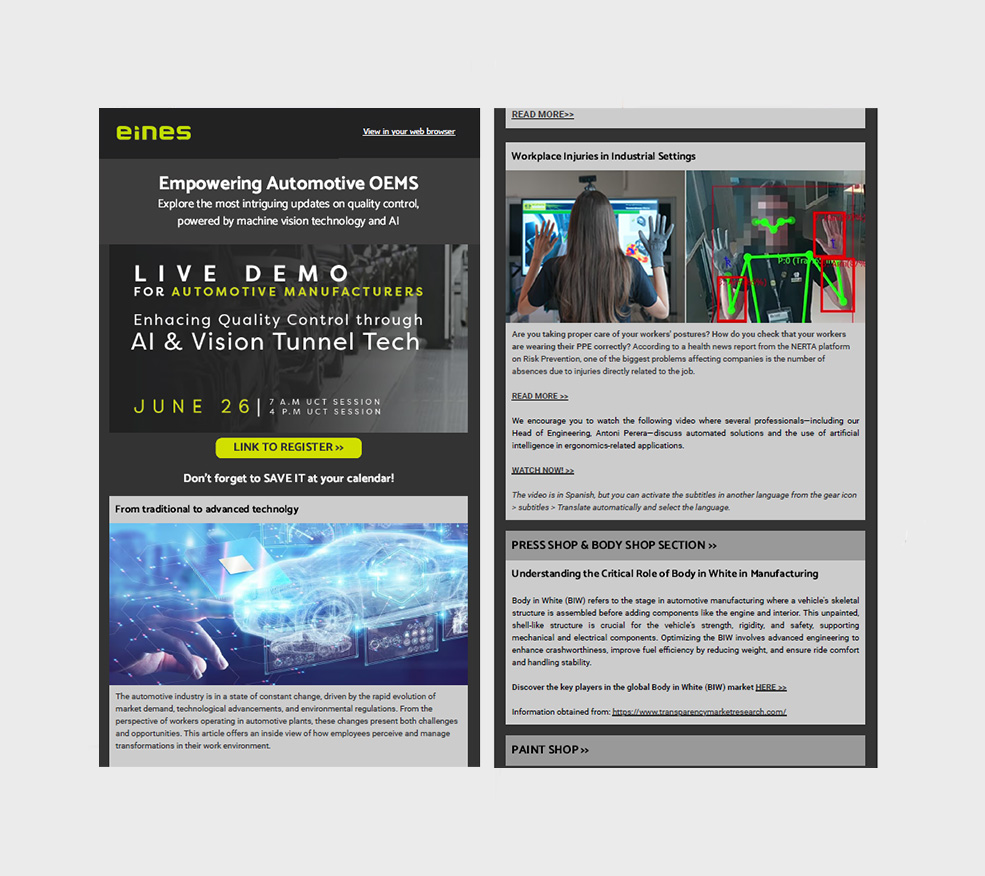When considering investment in an automated vehicle inspection system, several critical questions arise—from technical specifications and certification standards to pricing and customization. Here’s a breakdown of the asked questions about our vehicle scanner tunnel solution, along with comprehensive answers based on real-world deployments.
1. How large would a typical data file be?
For detection data alone, only a few megabytes are required. However, for full vehicle imaging, the size can range from 500 MB to several gigabytes per vehicle, depending on the level of detail and project requirements. We typically compress images to around 0.5 GB for efficient storage and transfer.
2. How long does it take to install the system?
The installation timeline varies by project complexity, but from initial inquiry to installation, the lead time depends on several factors including customization needs and customer readiness. A thorough planning phase with the client ensures proper alignment and implementation.
3. Is there any certification that validates the results?
The system evaluation and result validation are conducted jointly with the client. A series of meetings help establish specific acceptance criteria, which are then used to benchmark performance. While there’s no universal certification, this collaborative approach ensures results meet internal standards.
4. What is the price of one system?
Pricing is project-specific and influenced by customization level, number of cameras, tunnel infrastructure, and data handling requirements. A tailored quote is provided after the evaluation phase.
5. What about the cost of battery and tunnel solutions?
Costs vary depending on whether the battery inspection solution is stationary or in-motion. We’ve implemented mobile battery inspection systems based on customer needs. Tunnel costs also vary with design (length, camera count, lighting, etc…)
6. Can the system adapt automatically to line speed changes during the day?
Yes, the system supports dynamic adaptation to line speeds, ensuring that inspections remain accurate and within cycle times, even if speeds fluctuate.
7. Can the vehicle tunnel manage different vehicle types on the same line?
Absolutely. Our system can inspect a variety of models on the same production line. Flexibility is built in, allowing for around 10–20% customization based on predefined requirements.
8. How is the image data stored?
Images can be stored:
- Locally
- On a Network Attached Storage (NAS)
- Or in the cloud, depending on customer preference and IT policy.
9. Is the number of cameras related to the types of defects to be identified?
Yes. The vehicle’s morphology and defect detection requirements influence the number and placement of cameras. Specific defects may require specialized optical configurations.
10. What is the reporting time from tunnel exit to result display?
The system is designed to match the production cycle. For instance, with a 60-second cycle time, data is processed and displayed within 60–61 seconds, ensuring no disruption to the production line.
11. What is the typical cost of a demonstrated tunnel?
While exact costs vary, the demonstrated tunnels are customized based on requirements like:
- Number of cameras
- Speed and throughput
- Infrastructure (e.g., lighting, housing)
For a detailed estimate, we recommend a discovery meeting.
12. Can specification checks be self-programmed, or is Eines required?
Initially, Eines programs the system. However, we also train client teams, allowing them to program additional models or make adjustments as needed. The degree of autonomy depends on the project scope.
13. What line speed is supported?
This can be configured to support specific line speeds, depending on the production requirements however as expert in this matter we, of course, have recommendations (ask us for more information).
Ready to discuss your project?
Get in touch with us for a personalized consultation and see how we can tailor our vehicle tunnel inspection system to your production line. Or click here to see our 30 mins Webinar.







